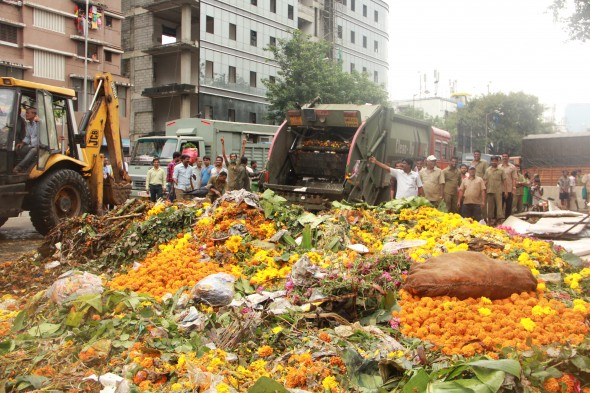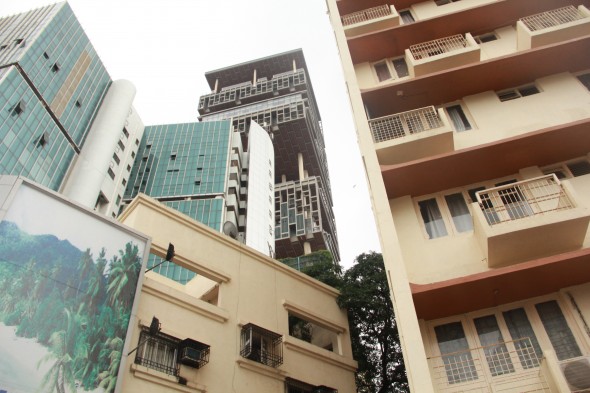
Mumbai, India: The First 24hrs
By Connie Li
Despite it being my first time in India, to me, Mumbai feels familiar. I was born in Changsha, China, which looks eerily like Old Mumbai. The same musty buildings with laundry hanging from the balconies, clusters of stalls almost everywhere in the public domain, and people, a never-ending ebb and flow of people. New Mumbai reminds me of the outskirts of Bangkok: part industrial; part suburban. My previous travels throughout South-East Asia also prepared me for the chaotic ecosystem that is the city of Mumbai. There is the homely and constant sound of honking which, after only a day here, blends into the background like the monotonous whoosh of air-conditioning. Local vendors spot you and immediately prepare for a round of trying to convince you to buy their stuff. Today alone there have been offers of samosas, bongos and fake Ray Ban sunglasses. If the incessant “you want?” and “you buy this?” isn’t convincing enough they bring out the big guns, sending the cutest, smallest children to tug on your sleeve and ask you to look into their eyes and refuse the sale. The first time this happened in India was on the tourist-infested Juhu Beach, next near the largest open air laundry in Mumbai, Dhobi Ghat.
There is plenty to Mumbai which is brand new to me. The most distinct, as you might guess, is the variety of smells. I have never before been able distinguish my baring thanks to this much neglected sense. On the drive from the airport I wound down my windows for my first real sniff of the city. At first it smelt divine- at least to a pyromaniac like myself- like a warm smoky chimney, though in minutes the smell shifted drastically. I estimated that for about one kilometre the air smelt of pure, unmistakable faeces. This smell can be found in the area right before the inlet between Old Mumbai and Navi Mumbai which I later found out was the Deonar dumping ground. Another distinct smell memory of mine are the flowers, both fresh and rotten, from the Dadar flower market. The flora is shipped on the first train to Mumbai every morning from a location 70km away. From the wee hours of the morning until the afternoon vendors sell the flowers from huge weaved baskets or in plastic bags, or in bundles. Right outside the market, enormous piles of unpurchased flowers from the day before are heaped into rotting piles and disposed.
An observation that is still fresh in my mind from today is how utterly rich the rich are and how extremely poor the poor are. In a single area of one city we saw the most expensive house in the world, the Antilia, worth over USD$1billion owned by a business tycoon, and kilometres away, a girl on a dirty road selling handmade bracelets for two rupee. It’s such a strange phenomenon to witness two things, two people who exist in such different circumstances, on opposite ends of the spectrum being somehow together.
I feel so alive here, in an environment so far away from my culture, my world. In a country where living itself seems perilous I feel awake and aware in every nerve of my body. Survival here is living day by day, seizing opportunities and moments. I buzz with thrill just walking through the streets, observing the small feats of each individual, marvelling at the thought of just being.



